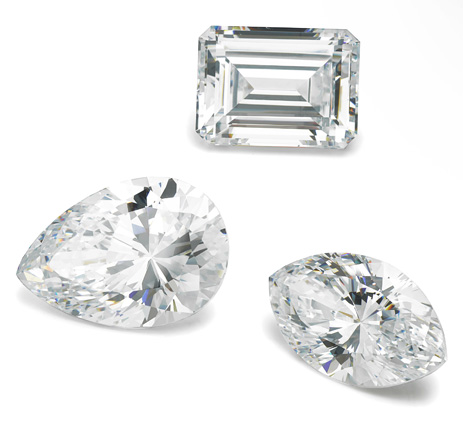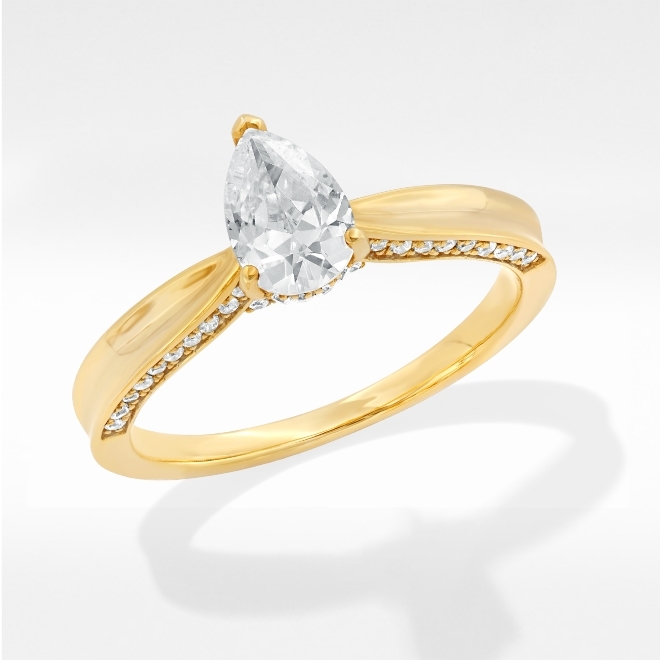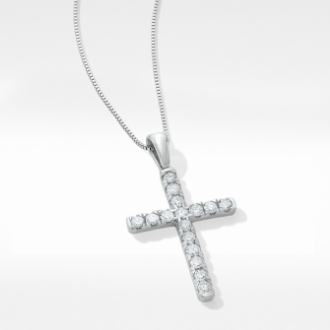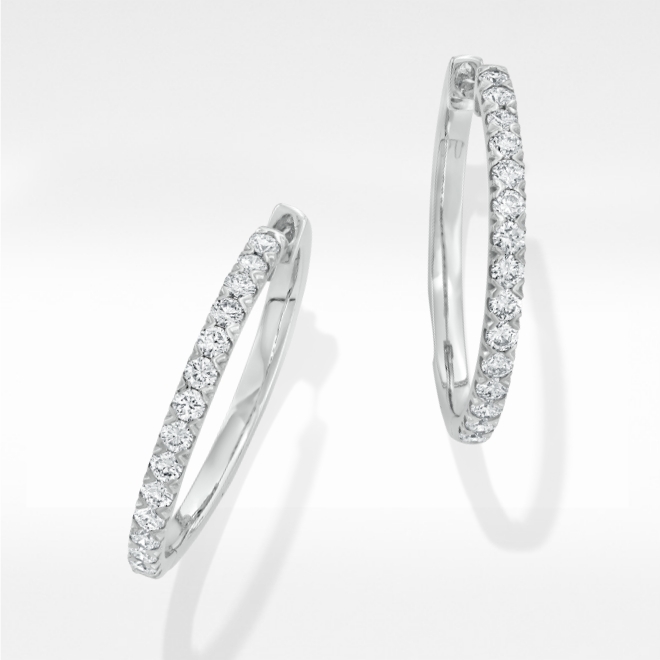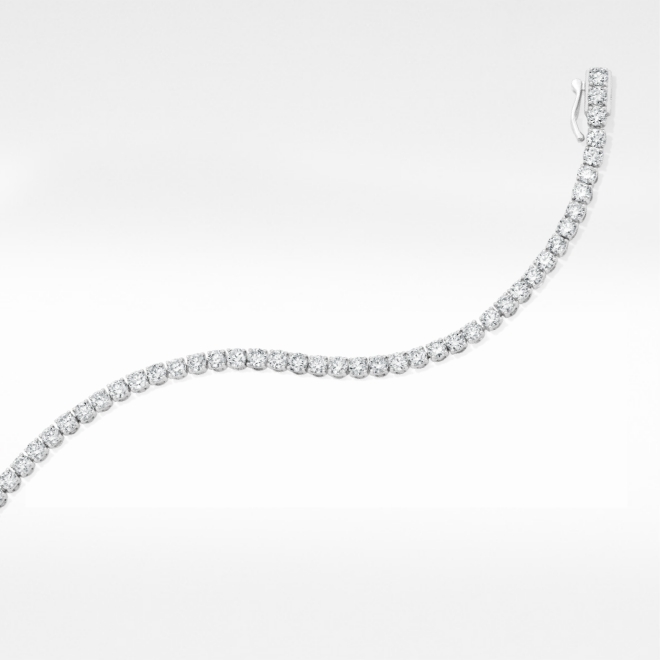Lab Grown Diamonds | Peoples Jewellers
- Independantly Certified
 100% Conflict Free
100% Conflict Free- Lifetime Diamond Commitment
 Retail Locations Nationwide
Retail Locations Nationwide
While lab-grown exhibit the identical optical, chemical, and physical properties as natural diamonds, the core difference between them is their origin and the time they took to form.
Both lab-grown diamonds and natural diamonds vary in their diamond grading. Lab-grown diamonds allow you to maximize your budget, typically offering more size for the same cost, while natural diamonds are incredible works of nature and the traditional choice.
Lab-grown diamonds are created in a lab using advanced technology. Scientists start with a diamond seed - a small sliver of carbon crystal - then expose it to high temperatures and pressures with a carbon coating as it grows to help the diamond crystalize and grow to a larger rough diamond crystal.
Neither is inherently higher quality, as both lab-grown and natural diamonds are available in a range of colour, cut, clarity, and carat weights.
Yes, we provide warranties and service plans for both lab-grown and natural diamonds.
Peoples lab-grown diamonds are graded to the same standards as our natural diamonds. That means your lab-grown diamond will be accompanied by an independent laboratory report detailing its "4 Cs" - cut, color, clarity, and carat weight. If your diamond is mounted into jewelry, it will also be accompanied by an insurance appraisal.
Because lab-grown diamonds have the same optical, chemical and physical characteristics as natural diamonds, they cannot be distinguished even with a professional loupe under 10x magnification. That’s why Peoples lab-grown diamonds 1/5 carat and larger are inscribed with "lab grown diamond" on the girdle.
Lab-grown diamonds have the same optical, chemical and physical properties as natural diamonds. However, because lab-grown diamonds can be produced in abundance, they are less expensive and make larger size diamonds more affordable. Their relative abundance may not ensure that the value will hold over time.
